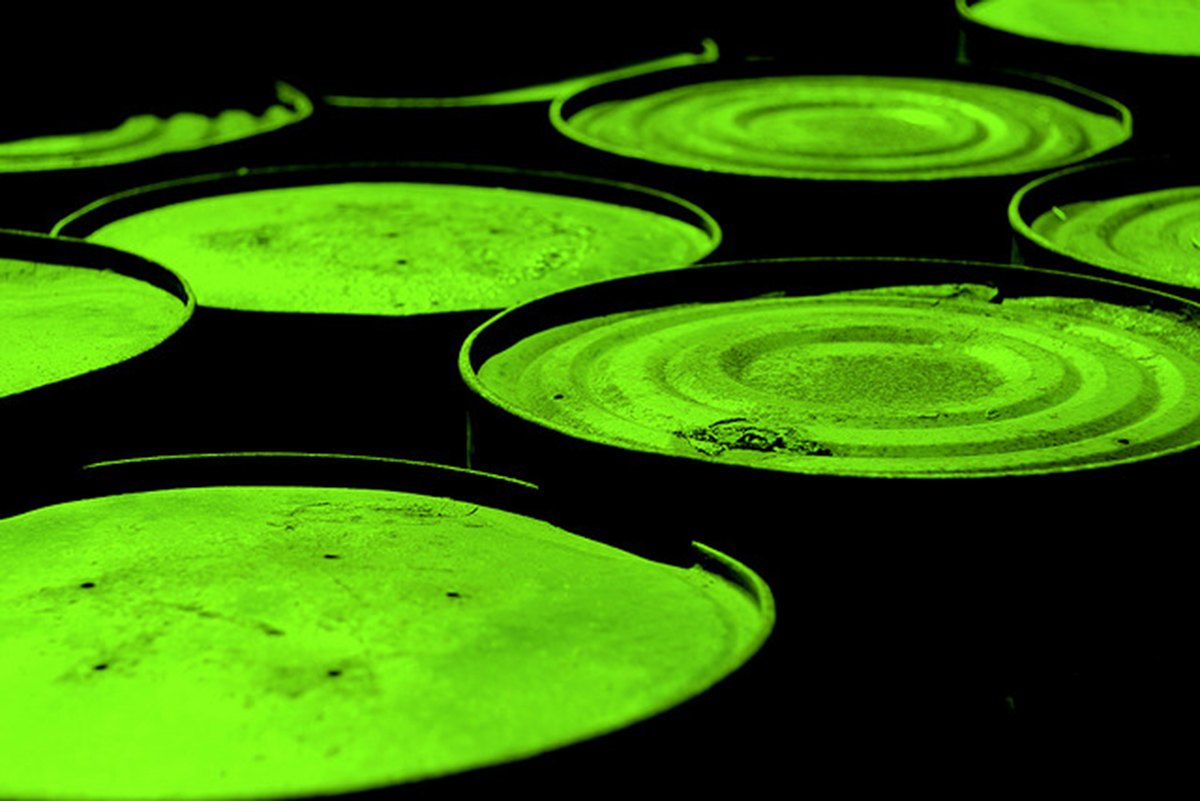Table of Contents
Arsenic intoxication
Arsenic intoxication is a problem all over the southern United States, and even more in Central Asia, Bangladesh, Egypt, and India. For decades, cotton farmers killed green leaves of the cotton plant with arsenic compounds before harvest. These arsenites and arsenates build up in the soil and in the ground water everywhere cotton was grown. Arsenic defoliants were phased out in the United States 30 years ago, but they are still used in many cotton-producing countries. The hallmark sign of chronic arsenic poisoning is the appearance of parallel lines up and down the fingernails. There can be hyperkeratosis, thickening of the skin in a "dewdrops on a dusty road" pattern. Anemia, confusion, and heart, liver, and kidney damage follow.

The best laboratory test for arsenic exposure usually is a twenty-four urine sample; the lab must be able to distinguish organic and inorganic arsenic compounds to determine the source of symptoms. Results from blood tests usually take several days.
In many countries, the best way to avoid arsenic poisoning is to avoid "green" lumber, wood treated with arsenic to resist decay, especially not using it for playground structures. It is also important to avoid cosmetics that use arsenic as a lightening agent; these are still common in India, Bangladesh, and Iran.
Lead intoxication
Lead was removed from gasoline and household paints in the United States in the early 1970's, but there are still occasional cases of lead poisoning in children who live in older homes. A child's digestive tract absorbs three to five times as much lead from food and water contamination as an adult's, and a child's brain is especially sensitive to the effects of lead. Because lead's chemical behavior in the body is similar to calcium, lead accumulation can cause bone defects at any stage of life.
Lead poisoning continues to be a problem in the Middle East and South Asia, where it is used as an ingredient in medicines and cosmetics.
Chelation therapy is the preferred treatment for lead poisoning, but the EDTA chelation therapy offered by alternative medicine practitioners is not enough chelation therapy. EDTA cannot cross the blood-brain barrier and remove lead from the brain.
READ Nickel Allergy Symptoms and Treatment
Nickel intoxication
Nickel intoxication can cause a condition called dyshidrotic eczema. This form of eczema causes painful breakouts on the soles of the feet and the palms of the hands. Poisoning with nickel can occur as a result of occupational exposure or diet. The problem usually resolves on its own in three to four weeks on a low-nickel diet: no canned foods, no foods cooked in pots or pans that contain nickel. And no foods from plants or animals that naturally accumulate nickel, including oysters, herring, asparagus, beans, mushrooms, onions, corn, tomatoes, spinach, peas, whole grain flour, pears, rhubarb, tea, cocoa, chocolate, and baking powder.
There are also a variety of medical treatments for nickel intoxication.
- Hamann CR, Boonchai W, Wen L, Sakanashi EN, Chu CY, Hamann K, et al. Spectrometric analysis of mercury content in 549 skin-lightening products: is mercury toxicity a hidden global health hazard?. J Am Acad Dermatol. 2014 Feb. 70(2):281-7.e3.
- Murata K, Iwata T, Dakeishi M, Karita K. Lead toxicity: does the critical level of lead resulting in adverse effects differ between adults and children?. J Occup Health. 2009. 51(1):1-12.
- Photo courtesy of John-Morgan: www.flickr.com/photos/aidanmorgan/2332578952/
- Photo courtesy of Sam Droege: www.flickr.com/photos/usgsbiml/14367791348/


Your thoughts on this